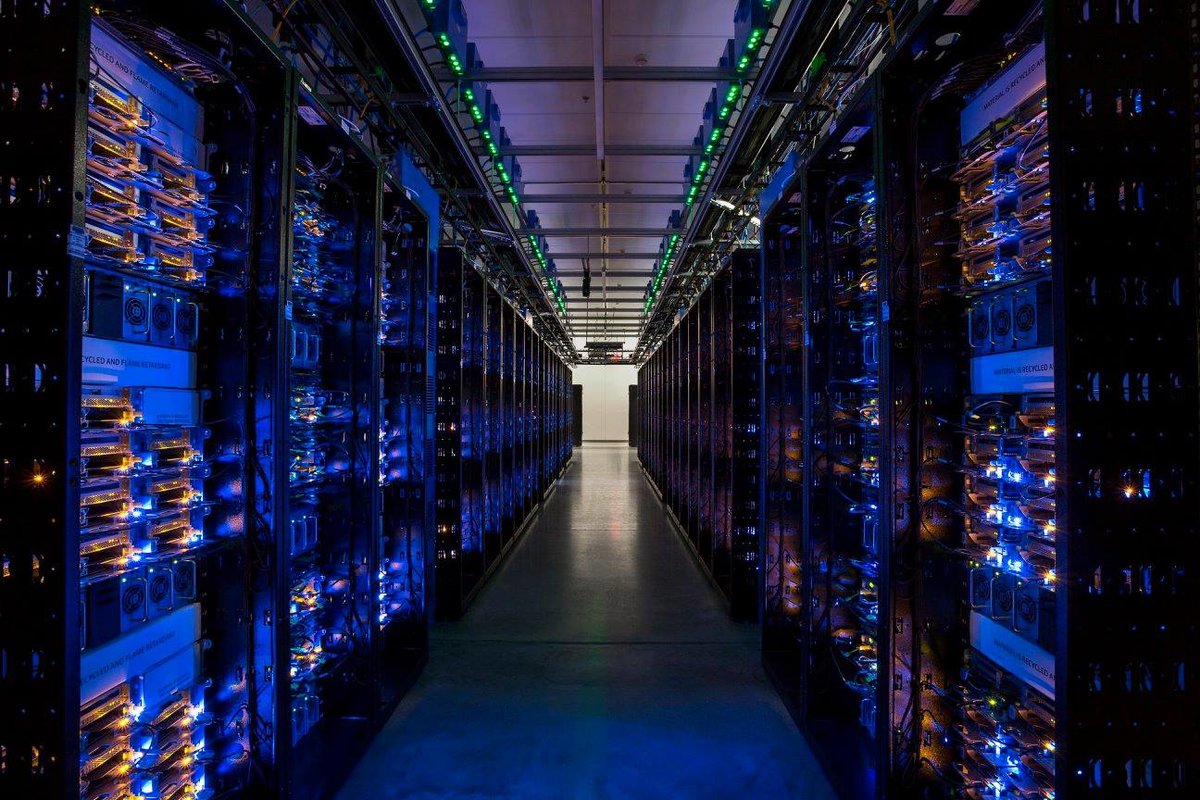Tower vs. Blade vs. Edge: Choosing the Right Server for Maximum Performance

Strong 8k brings an ultra-HD IPTV experience to your living room and your pocket.
As your business grows and requires more computing power and data processing than ever before, you find yourself in need of a server upgrade.
But with tower, blade, and edge server form factors to choose from, how do you determine which type is best suited for your unique needs and workload? It is important to understand the pros and cons of each option; you'll be empowered to select the right server technology to power your expanding operations.
In this guide, we break down the key differences between towers, blades, and edge hosts so you can make an informed decision about which configuration will maximize performance for your applications.
Consider Your Space and Power Requirements
The first factor to examine is whether your server room has enough space to house additional equipment. Tower servers take up more floor space than blade hosts, which are compact and stacked vertically in chassis. Edge hosts are even smaller and designed for deployment at network edges outside the data center.
You'll also want to assess your power needs; blade hosts, in particular, can use less electricity than towers since components are shared across units. Consolidating to blades may lower cooling costs if space is tight.
Evaluate Your Workload Density
One of the most important factors to consider is your overall workload density, or how intensively your applications use computing resources. Blade hosts are highly optimized for consolidating many demanding workloads into a small footprint through resource sharing.
- Their tight packing of processing power makes them extremely effective for high-density scenarios. However, if your workloads benefit more from dedicated resources, tower servers may be a better fit due to their ability to scale resources individually.
- Carefully analyze your current applications and any planned changes or additions to your infrastructure. Look at metrics like CPU, memory, storage and network utilization across your server environment.
- Applications with significant periods of idle time or that don't fully use available resources on a regular basis are good candidates for consolidation onto blade chassis. This allows better optimization of shared power supplies, cooling systems and other components.
- Some examples of workloads that commonly leverage blade density include virtual desktop infrastructure (VDI), online transaction processing (OLTP) databases, high-performance computing (HPC) applications, and server virtualization with a large number of virtual machines (VMs). Consolidating dozens or even hundreds of these types of units per chassis fully takes advantage of blade servers' strengths.
- It's also important to look at future plans: will existing workloads grow substantially in resource requirements, or do you anticipate significant new applications coming online? Blade density makes it easier to scale your existing infrastructure footprint with demand. But if you foresee more consolidation of dedicated functions, towers may allow better long-term flexibility.
Use predictive analytics of usage trends to gauge which platform offers headroom for your expected growth.
Consider Connectivity and Expandability
Tower servers give you more flexibility to add or swap components as needs change since each operates independently. But blade chassis simplify management and cabling. Their interconnectivity enables features like shared storage, networking and management tools across all blades. Meanwhile, edge servers are self-contained appliances optimized for streaming data to the core network with limited expandability. Think about your long-term connectivity and scalability roadmap.
Assess Management and Maintenance Needs
Data center space and power aren't the only costs that factor into management overhead. Blades reduce this expense since IT staff can administer dozens of units through a single console rather than logging into each tower separately. Any chassis also makes applying firmware and driver updates to all blades just as easy. However, towers simplify swapping individual components when needed. Consider your staffing resources and repair/upgrade approach.
Evaluate Application-Specific Requirements
Some workloads have hardware preferences; for example, databases may favor local storage on towers. VDI and other virtualized applications commonly leverage the density of blade server solutions. Edge applications require embedded, low-power hardware. Analyze whether your core functions have affinity for certain server types. Also look at vendor-specific technologies like Intel's Data Center Blocks optimized for specific workloads that may influence your choice.
Understand Total Cost of Ownership
Acquisition costs tell only part of the story—factors in power, cooling, space, management and support over a server's lifespan. While blades have higher upfront costs than comparable towers, their efficiency can result in a lower 5-year TCO. And edge servers are affordable appliances to deploy where cloud connectivity is limited. Use a TCO calculator to compare options based on your specific usage and see which yields the best long-term value.
Consider Service and Support Options
Top vendors like Dell, HPE and Cisco offer various support levels for all form factors. However, blades benefit from having service contracts cover the entire chassis. Any issues affecting multiple blades can be addressed in a single visit. Tower support requires coordinating repairs for each unit. Also, research if your preferred vendor has expertise in edge server management if you choose that path. Comprehensive support is key to keeping business-critical systems running smoothly.
Investigate Vendor Roadmaps and Partnerships
When making a long-term investment, look at where key players are steering products. For example, many are optimizing blades for artificial intelligence and machine learning workloads. Edge computing is also an emerging focus. See what new technologies vendors like Dell plan to backport to existing blade chassis over time. Partnerships that complement your infrastructure should also factor into the decision. With a view towards the future, weigh options for gradual upgrades versus potential lock-in.
Try Before You Commit
Ideally, test drive different solutions to experience the management interfaces, performance, and capabilities firsthand in your actual environment. Some vendors offer evaluation programs. Otherwise, set up trial deployments in non-production capacity to verify which solution best aligns with your operational preferences and integration needs before fully committing resources. Hands-on experience is invaluable for making the right choice.
Final Words
With so many considerations, selecting the ideal server platform can seem daunting. But by thoroughly examining factors like your workload profiles, expansion goals, management approach, budget and vendor partnerships, you'll narrow down which of the towers, blades or edge servers provides the best fit. An in-depth evaluation accounting for both present and future requirements will allow you to choose a solution engineered for maximum performance.
Note: IndiBlogHub features both user-submitted and editorial content. We do not verify third-party contributions. Read our Disclaimer and Privacy Policyfor details.


